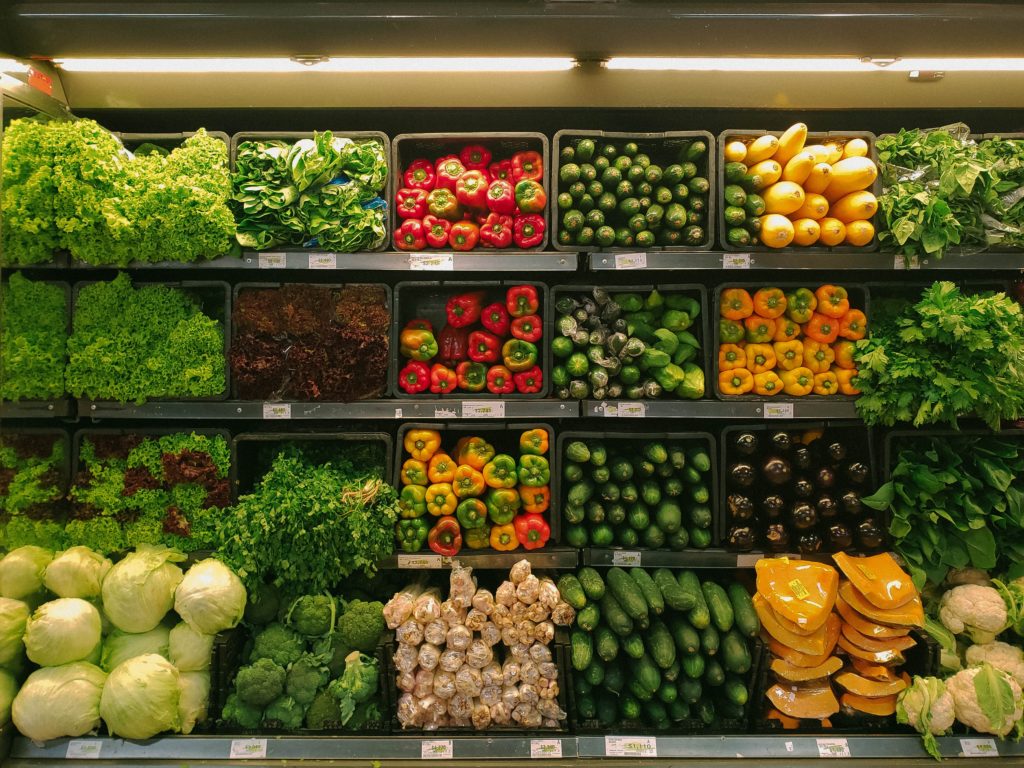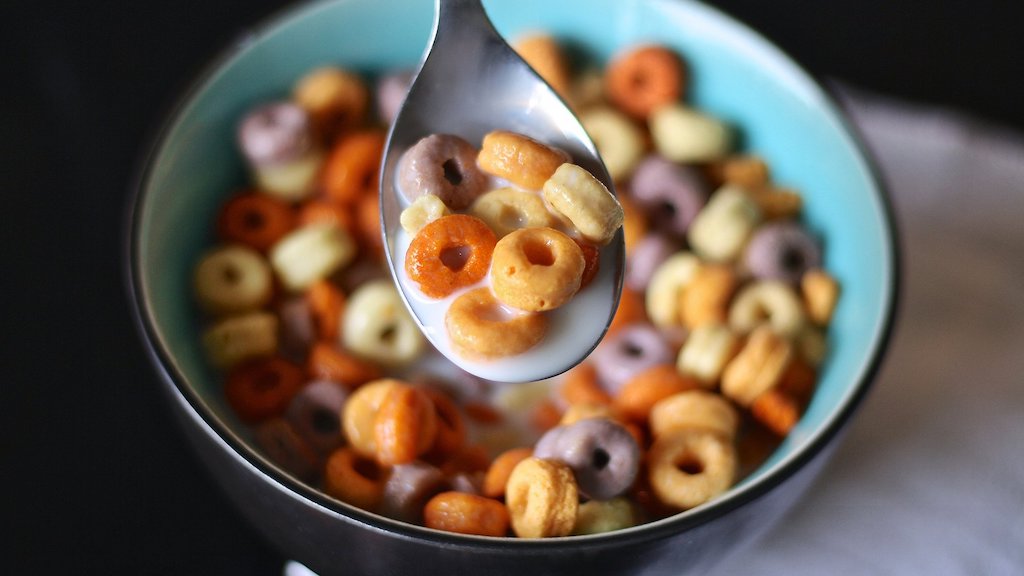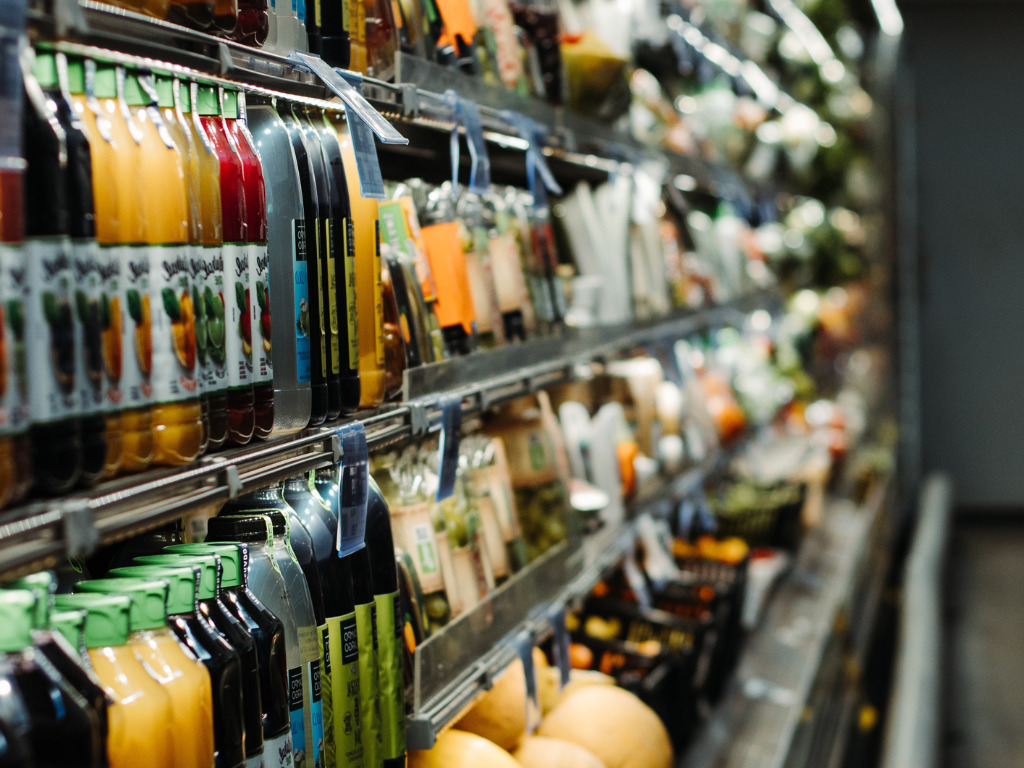FDA to Redefine ‘Healthy’ As Leading CPG Brands Fail to Deliver Better Food
4 Mins Read
The FDA is issuing new guidelines on food products claiming to be ‘healthy.’ But new research finds a growing number of food companies are failing to make food healthier, despite pledges to do so.
Any food claiming to be healthy on packaging or marketing materials needs to contain the equivalent of a single serving or more of fruits, vegetables, grains, dairy, or protein, says the proposed new guidance from the FDA. It’s also drawing lines for allowable levels of added sugars, sodium, and saturated fats even if the food item adequately satisfies other ranking criteria.
What is healthy?
The goal of the new definition, which the FDA spent six years developing, aims to help Americans navigate the tricky world of processed foods. While whole foods can automatically bear the claims, the sea of processed items, from ready meals to plant-based meat, can confuse consumers with high sodium levels but boasting whole grains or fresh fruit, for example.
The FDA first regulated the term ‘healthy’ nearly three decades ago in 1994. But that definition was focused mainly on saturated fat content. That definition included generally healthy ingredients like nuts and avocado. A lawsuit from the whole-food-based snack bar company Kind, which relies heavily on nuts, led the agency to pledge to review the definition.

“Claims like ‘healthy’ provide information to consumers that allow them to quickly identify foods that can be the foundation of a healthy dietary pattern,” states the FDA’s proposed new rule, which takes cues from the Dietary Guidelines for Americans. “Thus, the goal of this rulemaking is to update the definition of ‘healthy’ as an implied nutrient content claim in the labeling of human food to help ensure that consumers have access to more complete, accurate, and up-to-date information about those foods.”
The new definition could hit breakfast food particularly hard—from sugary breakfast cereals to processed meats like bacon and sausage.
“The current definition permits manufacturers to use the claim ‘healthy’ on some foods that, based on the most up-to-date nutrition science and Federal dietary guidance, contain levels of nutrients that would not help consumers maintain healthy dietary practices (e.g., certain ready-to-eat cereals that may be high in added sugars),” the proposed rule states. “Thus, we believe that the ‘healthy’ claim definition needs to be updated in order to ensure that products bearing the claim are the products that may help consumers maintain healthy dietary practices.”
America’s health crisis
But redefining ‘healthy’ may not be enough to actually make Americans healthier. More than ten percent of Americans are diabetic, and that number is projected to increase 165 percent, from 11 million Americans in 2000 to more than 29 million by 2050. Diet-related illnesses, including heart disease and cardiovascular disease, are also still leading causes of death in the U.S.

Big Food brands have pledged to do their part by reducing sodium, added sugars, and unhealthy fats. But a recent study found that the 11 largest food companies in the U.S. have not progressed in making their products healthier. According to the Access to Nutrition Initiative (ATNI), which conducted the research, only a few companies have made progress and about 70 percent of all food and beverages are less “healthy.”
The research found that none of the CPG companies surveyed can credit the majority of earnings to healthy products. Companies reviewed include Campbell Soup, Coca-Cola, Conagra Brands, General Mills, Kellogg, Keurig Dr. Pepper, Kraft Heinz, Mars, Nestlé, PepsiCo, and Unilever. The average score for this year’s Index is 4.2 out of 10, which is up slightly from 3 out of 10 in 2018. But it’s still not the progress the group had hoped for.
“I am concerned by such limited progress that companies have made over the last four years,” Greg S. Garrett, ATNI’s executive director, said in a statement. “We see some improvements, but we cannot afford such slow progress among the largest manufacturers who make, market and sell our food. Both private and public sectors need to do much more to improve the diets of U.S. families.”
Lead image courtesy Pexels.



